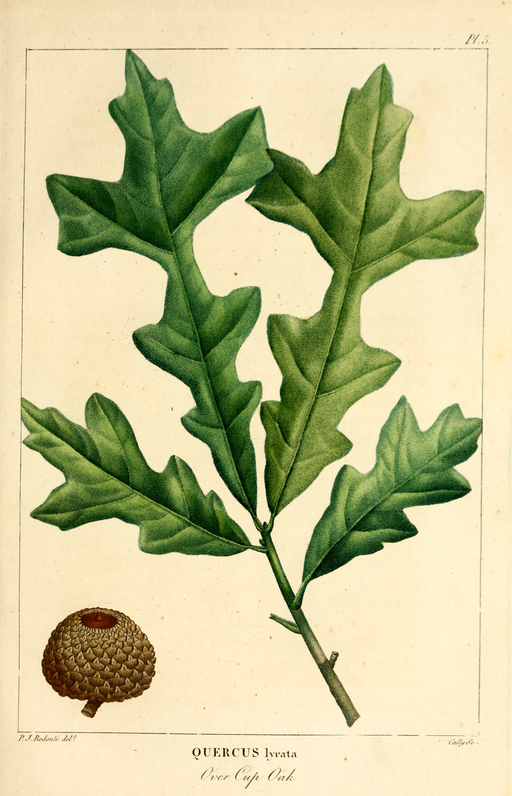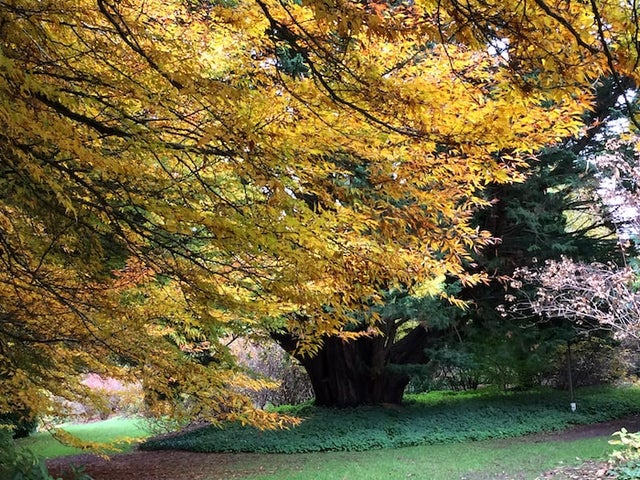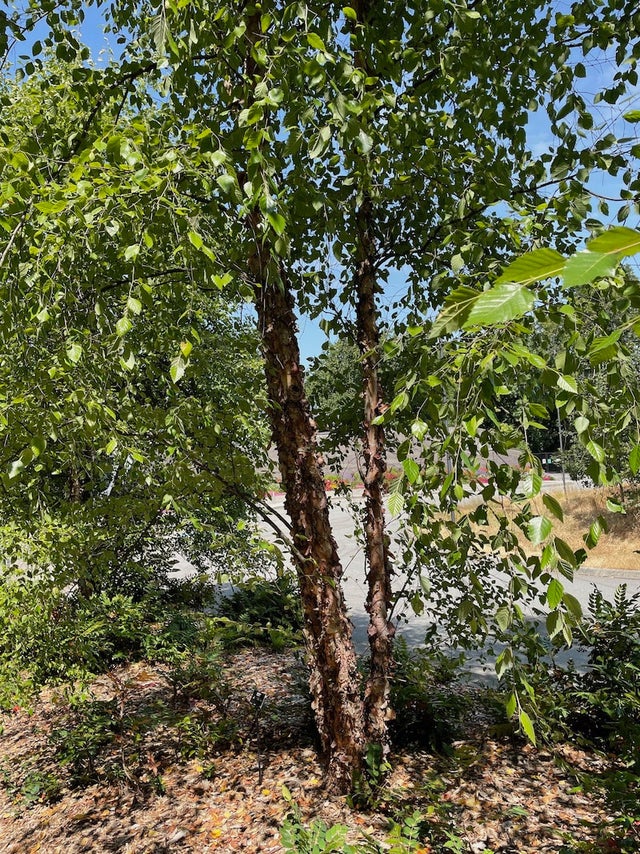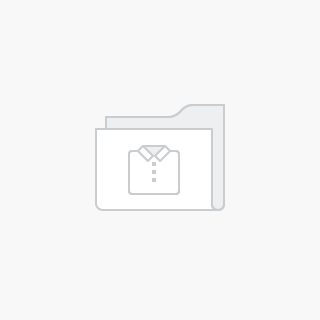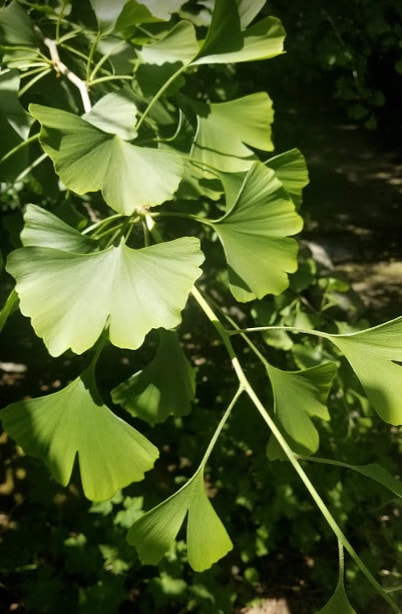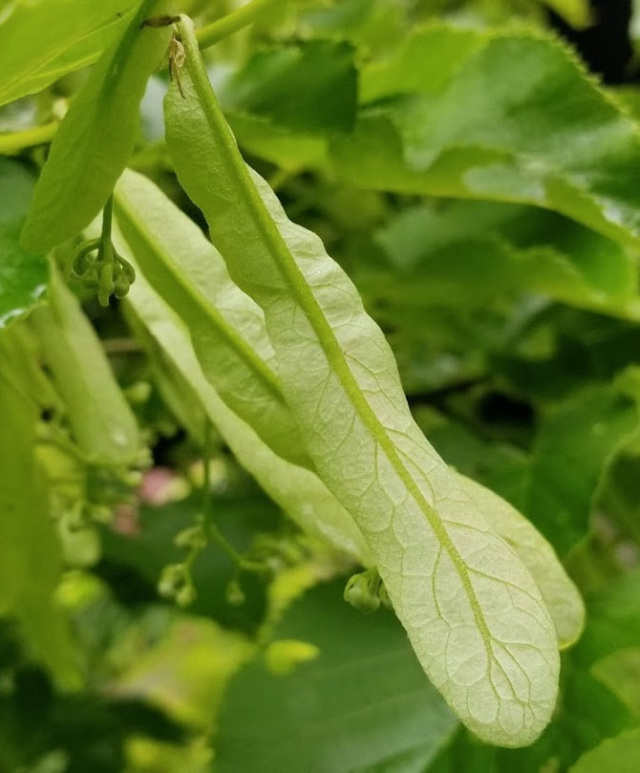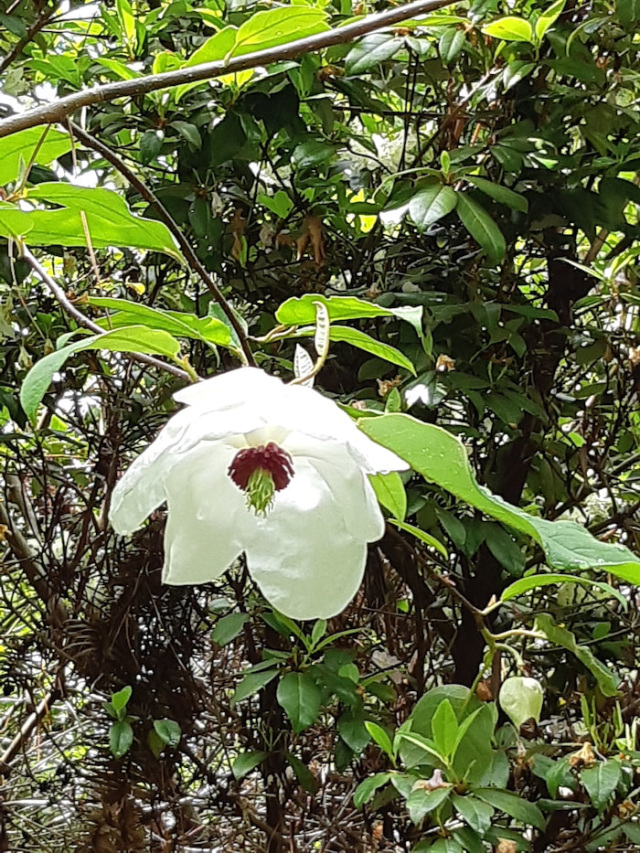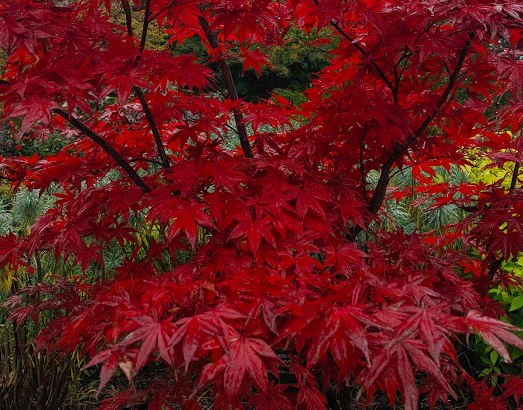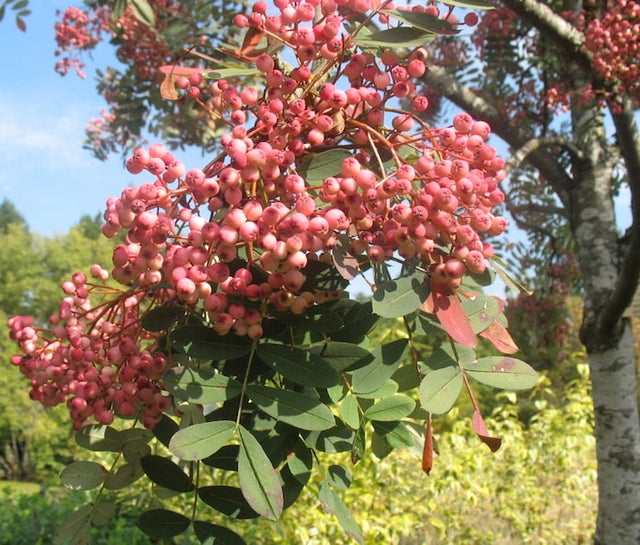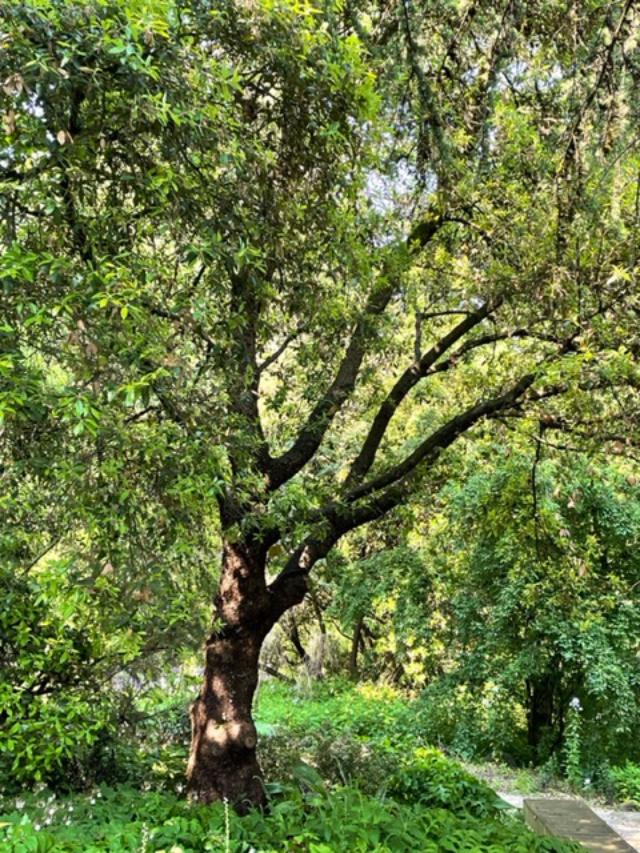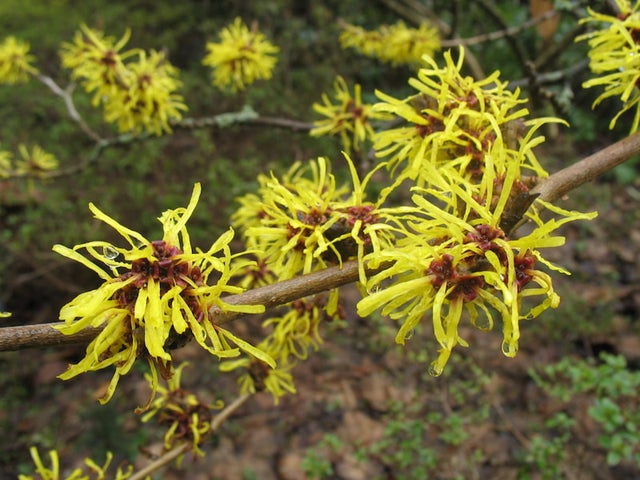- Plant IDs
- >
- ID By Type
- >
- Trees
- >
- Deciduous Trees
In botany and horticulture, deciduous plants, including trees, shrubs and herbaceous perennials, are those that lose all of their leaves for part of the year. This process is called abscission. In some cases leaf loss coincides with winter—namely in temperate or polar climates. In other parts of the world, including tropical, subtropical, and arid regions, plants lose their leaves during the dry season or other seasons, depending on variations in rainfall. For more, visit Wikipedia.
Acer is a genus of over 125 trees and shrubs, commonly known as maple Our garden has a number of species, many of which are found in the Maple Garden at the north end. A. negundo, known as the Manitoba maple in Canada and box elder in the US, ranges from central Canada to Central America. The peeling bark of A. griseum makes it a good tree for winter interest. A rubrum, found in the Eastern North America Garden, is one of the most abundant trees in the east. Other maples can be found in the Eastern North America garden.
In the Maple Bed, there are A. saccharinum (silver maple); A. macrophyllum, (big leaf maple - its syrup is in production on Vancourver Island); A saccharum, (sugar maple).
Albitzia julibrissin 'Rosea' is the hardiest of the species, introduced in 1745; it is found growing from Persia to China, with mimosa-like fluffy pink flowers.
Alnus: Alnus rubra (Red alder) grows along the West Coast from Alaska to California. Added 2015: There are several Manchurian alders, Alnus hirsuta var. sibirica, growing alongside the ginkgos at the east end of Livingston Lake.
Betula: The birches have a distinctive papery bark marked with horizontal lenticels. Betula nigra 'Heritage', the river birch, is more resistant to the bronze birch borer than the striking white-barked Betula utilis var. jacquemontii, the Himalayan white birch.
Carpinus. C. carolina, American hornbeam, has beautiful fall colour and is found in the Eastern North America garden.Other Carpinus species found in the Garden are C. betulis 'Fastigiata', columnar hornbeam; C. coreana, Korean hornbeam (often used in bonsai); C. japonica, Japanese hornbeam; and C. orientalis, Oriental hornbeam.
Carrierea calycina: We have two goat horn trees in our Garden, one along the Rhododendron Walk and the other in the Sino-Himalayan Garden.
Castanea dentata: Our specimen of the American chestnut is one of the few survivors of the chestnut blight that has wiped out nearly all these trees, except for the ones, like ours, that live far outside the range of the fungus.
Cercidiphyllum japonicum ‘Morioka Weeping’: Children love playing house under the umbrella-like branches of the weeping katsura tree next to the Waterfall.
Cercis canadensis: The eastern redbud, a purple-leafed shrub or small tree, is native to Eastern North America. It is a member of the pea family. More information
x Chiltalpa taskentensis 'Pink Dawn': This tree is an intergeneric hybrid (hence the 'x' at the beginning of the name) of Chilopsis linearis (desert willow) and Catalpa bignonoides (southern catalpa). The flowers are reminiscent of its Catalpa heritage, but its leaves and drought tolerance come from the Chilopsis side of the equation. The flowers attract pollinators, but it is sterile, so there are no bean pods. It was initially hybridized in Uzbekistan in 1964, introduced in the US in 1977 and planted in our Garden along the path from the Maze to the Stone Garden in 1993.
Cornus: The dogwood is a feature of our late-spring Garden. The 'dog' comes from the Scandinavian word 'dag' meaning a 'dagger', often made from the hard wood of this tree. Anthracnose, caused by a fungus, attacks it. Visitors often admire C. kousa 'Satomi' whose pink flowers are an early-summer feature of the Bentall Garden. The dogwood tree has important cultural references. Some believe that Christ was crucified on wood from this tree. In Victorian times, a woman who accepted a dogwood blossom indicated her interest in the giver.
Cotinus coggygria: There are several smoke bush trees (or smoketrees) in the garden. When flowering in summer, they have a smoke-like aspect. Look for beautiful specimens along the eastern rim of the Stone Garden or in the Black Garden. C. coggyria 'Royal Purple' has dark red leaves and purply-pink flowers, while C. coggygria 'Ancot' GOLDEN SPIRIT has lime-green foliage with whitish-pink flowers.
Crataegus: The hawthorn, or May-tree, is a member of the rose family, and you can find several species in the shrub rose bed above Livingstone Lake. The tree has important cultural significance and is used in herbal medicine. Cutting down a hawthorn is considered bad luck, and some say this is the reason for the demise of the Delorean car company. C. monogyna ‘Biflora’, the Glastonbury thorn, is said to have sprouted from the walking stick that Joseph of Arimathea planted in the ground while introducing Christianity into Britain. It is called 'Biflora' because it blooms at Easter and around Epiphany (January 6). Every year the mayor of Glastonbury sends the queen a spray of branches at Christmas.
Emmenopterys henryi is from Asia and rarely blooms. It is found in the Sino-Himalayan Garden.
Fraxinus excelsior 'Angustifolia', the narrow leaf European ash, is known for its beautiful fall foliage.
Gymnocladus dioica: The Kentucky coffeetree can be found in the Eastern North America Garden. The tree often appears dead because it produces leaves later in the spring ('gymnocladus' means 'naked branch').
Heptacodium miconiodes: The Seven Son Flower Tree is a large shrub/small tree with clusters of seven flowers in late summer.
Juglans cinerea: The butternut walnut is featured in our Eastern North America garden.
Koelreuteria paniculata: The mass of small flowers on the goldenrain tree form a yellow halo around the tree in mid-summer and are followed by lantern-like, parchment-paper seedpods which give the tree winter interest. It is also called ‘China tree’, ‘pride of India’, and ‘varnish tree’.
Linden - see Tilia below.
Liriodendron tulipifera is known as the tulip tree for its tulip-like flowers high up in the canopy. It is a common street tree in our city.
Magnolia is a genus of both deciduous and evergreen trees. There are a number of differences between the deciduous and evergreen species over and above leaf loss. Deciduous varieties feature beautiful flowers that emerge out of large furry buds, often before the tree leafs out. Evergreen magnolias sport shiny green leaves all year round and have elegant large white flowers. Fun facts about magnolias. Some deciduous varieties in our Garden include:
- Magnolia 'Apollo' has large deep-pink flowers.
- M. denudata, also known as Yulan magnolia, has been cultivated in China for more than 1,500 years.
- M. x loebneri 'Leonard Messel', and M. grandiflora.
- M. macrophylla, the bigleaf magnolia, whose flower is shown in the photo above, has the biggest simple leaf of any North American tree, and its large white flowers can be seen from the Plaza in June. It is sometimes call the cucumber tree, but, in fact, its fruits are round, and it is the nearby M. acuminata whose unripe fruit resembles a small cucumber.
- M. salicifolia, the willowleaf magnolia, was planted in 2015 in the Japanese Bed by our mayor and the mayor of Yokohama, our sister city.
- M. sieboldii is also known as the Oyama magnolia and blooms in early summer, one of the latest bloomers.
Nothofagus: Three species of southern beech are found in the Southern Hemisphere Garden, all native to that part of the world. N. antarctica is the southernmost tree of the world, found on Hoste Island in Tierra de Fuego. N. dombeyi likes to be near water. N. obliqua is also called the roble beech.
Paulownia tomentosa: The Princess Tree, also known as the Empress Tree or Foxglove Tree, was named in honour of the Grand Duchess Anna Pavlovna of Russia who became the wife of Prince Willem of the Netherlands. A deciduous tree native to China, it was first brought to Europe by the Dutch East India Trading Company and subsequently to North America in the 1830s where it was planted extensively as an ornamental tree in city parks and gardens and on large estates. The May blooms on the trees in our Garden reflect those of its uphill neighbour, Rhododendron augustinii, and the seedpods which follow provide even more interest. More about Paulownia.
Populus tremuloides: The trembling aspens are located near the First Nations’ Medicine Wheel in the Canadian Heritage Garden.
Prunus: In our Garden, the cherries are ornamental, and several flowering varieties are found in the Cherry Grove:
- Prunus serrula, also known as the Birchbark cherry because of its bronzy peeling bark, also provides winter interest. - - Prunus × yedoenisis ‘Akebono’, the Daybreak cherry, is an American cultivar of the national flower of Japan. More information from UBC about this cultivar.
- Prunus subhirtella var. pendula ‘Beni-shidare’ (syn. Prunus pendula ‘Pendula Rosea’), the weeping higan cherry, lines the Cherry Walk.
- Prunus mume blooms in early spring with apricot-coloured flowers.
Many cherries are planted in Vancouver, 16,000 alone on city streets, plus thousands more in parks and gardens.
Pterostyrax hispida: The fragrant epaulette tree has one-sided panicles of flowers that hang down like epaulettes, the ornamental shoulder pieces on military uniforms. Dried seed clusters often persist on the branches in winter. Like others in the styrax family (Styracaeae), this tree has fragrant bell-shaped flowers. The epithet 'hispida' refers to the bristles on the fruits. Wikipedia says that the correct name is Pterostyrax hispidus. More information is found in the Oct. 8, 2016 Weekly Update.
Quercus garryana: The Garry oak (known in the US as the Oregon white oak) is the dominant species of the Garry oak ecosystem that extends from northern California to the southern tip of Vancouver Island. The Garry oak in the Western North America Garden by the Plaza was planted by Camilla, Duchess of Cornwall, in 2009.
Salix × sepulcralis var. chrysocoma is also called the golden weeping willow and can be found on the northwest side of Heron Lake.
Sassafras tzumu: The Chinese sassafras blooms in late winter and is found at the entrance to the Fern Dell.
Styrax japonicus: The Japanese snowbell is a late-spring-blooming tree. More about Styrax.
Sycamore is the common name of several different trees, so it is better to use the botanical name when talking about a particular tree. The British sycamore is Acer pseudoplatanus, and its seeds are poisonous to horses.
Taxodium distichum: The bald cypress is deciduous, a relatively rare trait for a conifer. Its delicate needles change colour before being shed in the winter, leaving the tree 'bald' until spring.
Tilia: Also know as linden, lime tree, or basswood, the trees in this genus can live thousands of years. Our grove of Tilia americana var. heterophylla across from the maples has sweet-smelling flowers in early summer which when dried, are highly prized in Europe as an herbal tea. It is an important symbol in many cultures.
Useful Links:
Autumn leaf colour
What are deciduous plants?
Learning to recognize the trees of British Columbia - more about local deciduous trees.
Top 10 street trees in Vancouver
Deciduous Trees
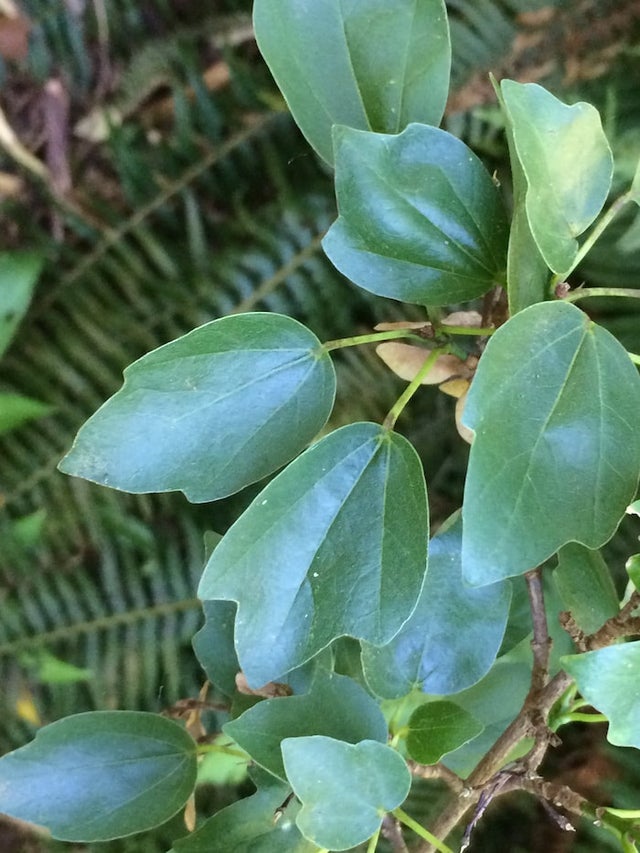
Acer buergerianum 'Miyasama'
CA$0.00
CA$0.00
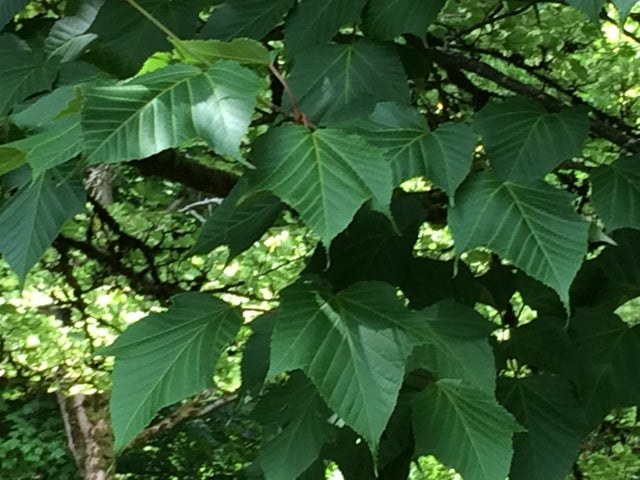
Acer capillipes
CA$0.00
CA$0.00
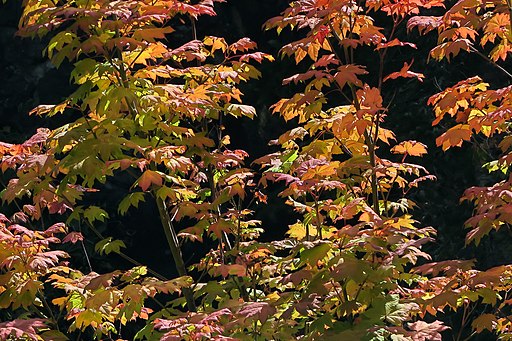
Acer circinatum
CA$0.00
CA$0.00

Acer circinatum 'Monroe'
CA$0.00
CA$0.00
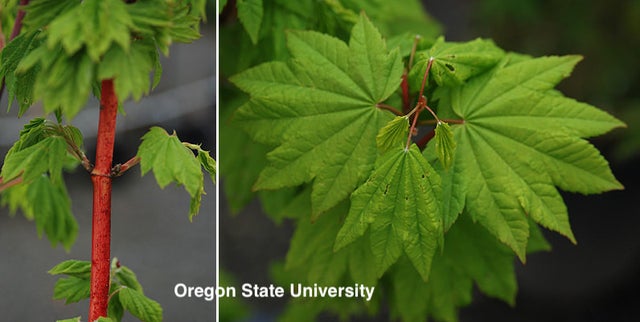
Acer circinatum 'Pacific Fire'
CA$0.00
CA$0.00
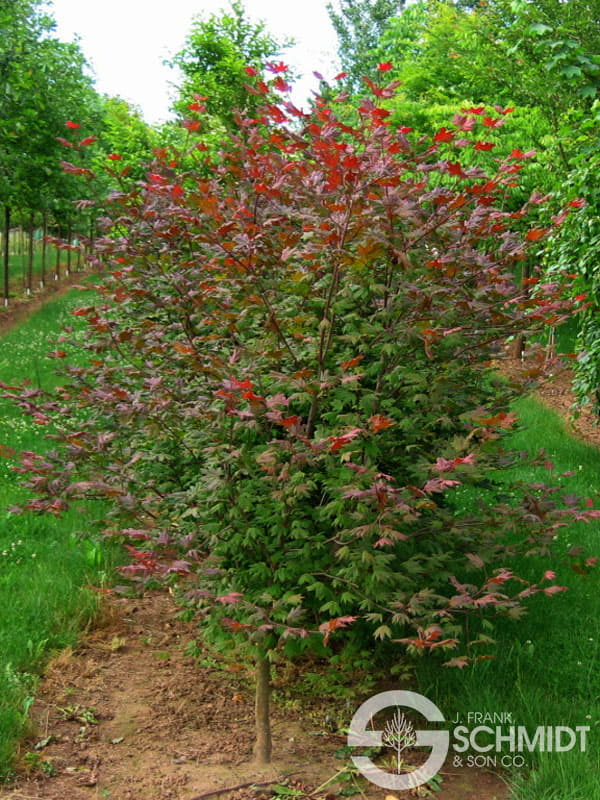
Acer circinatum [Pacific Purple] = 'JFS - Purple'
CA$0.00
CA$0.00
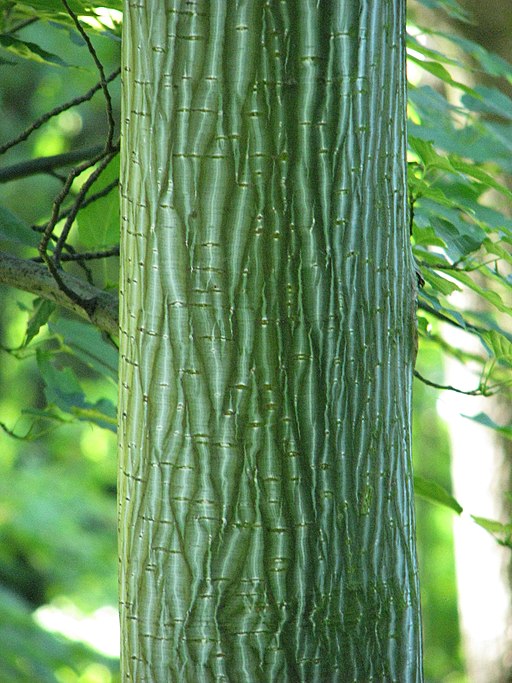
Acer davidii subsp. grosseri
CA$0.00
CA$0.00
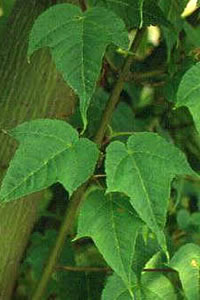
Acer forrestii
CA$0.00
CA$0.00
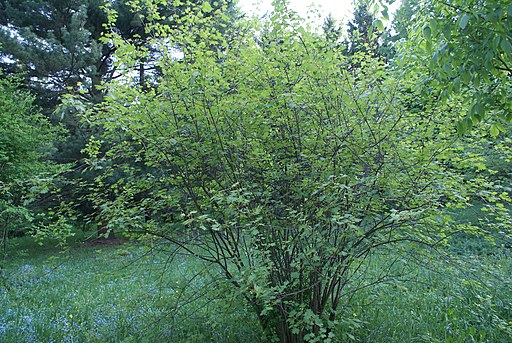
Acer glabrum
CA$0.00
CA$0.00
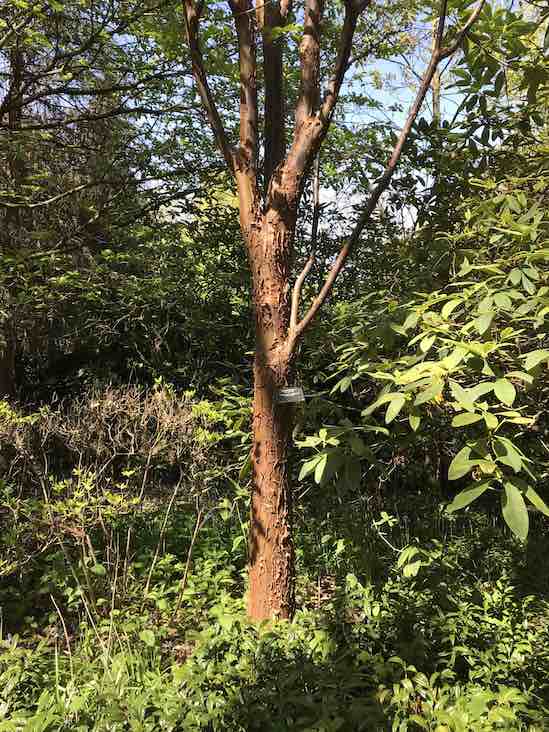
Acer griseum
CA$0.00
CA$0.00
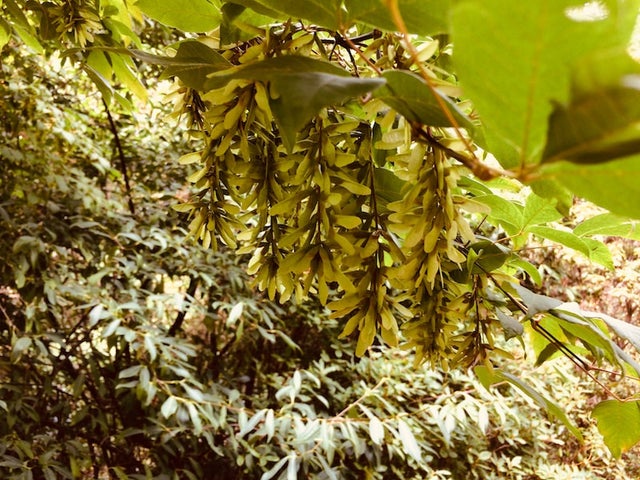
Acer henryi
CA$0.00
CA$0.00
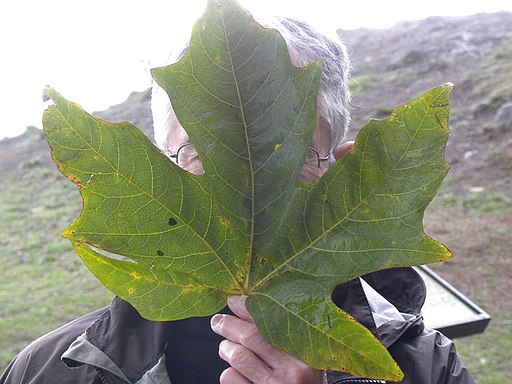
Acer macrophyllum
CA$0.00
CA$0.00
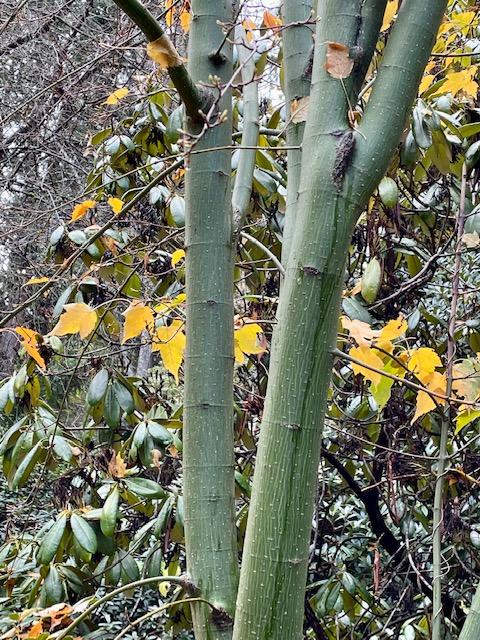
Acer maximowiczii
CA$0.00
CA$0.00
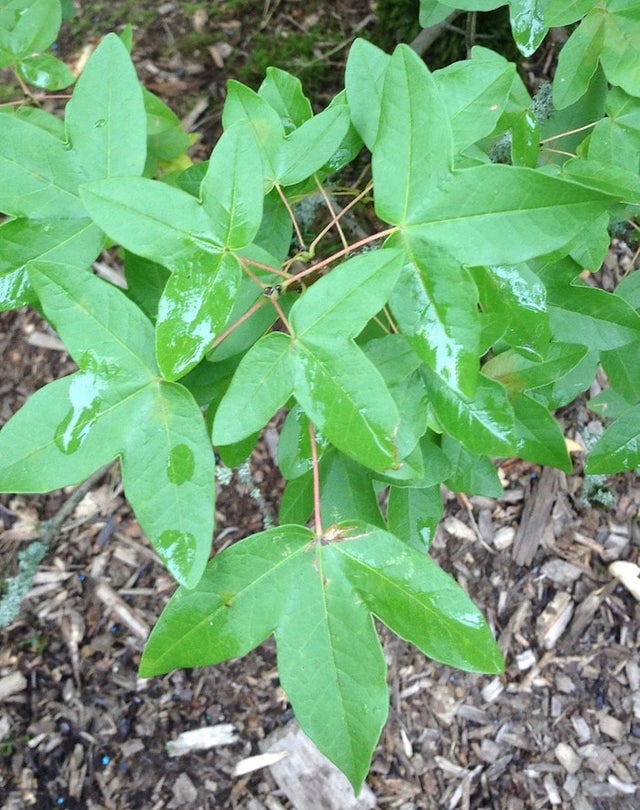
Acer monspessulanum
CA$0.00
CA$0.00
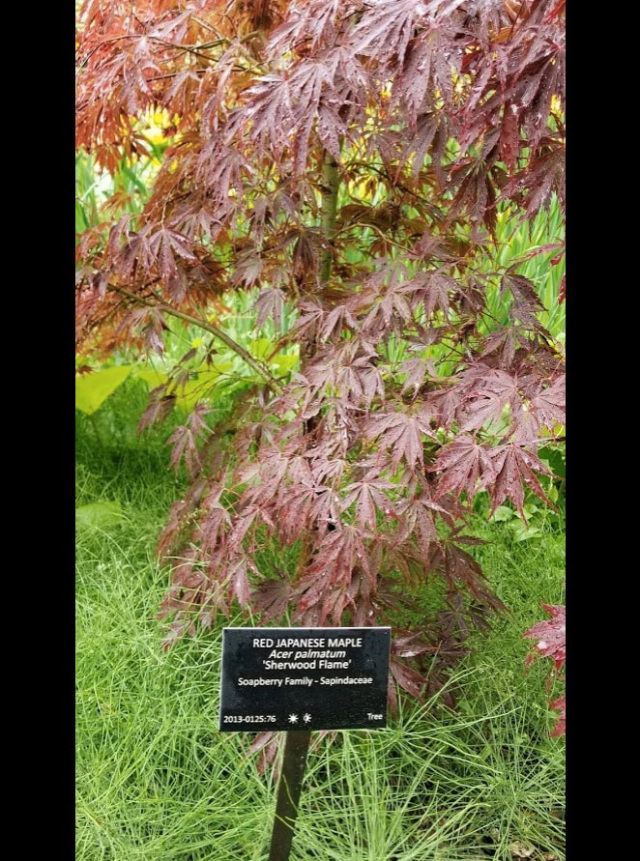
Acer palmentum Disectum Viride Group
CA$0.00
CA$0.00
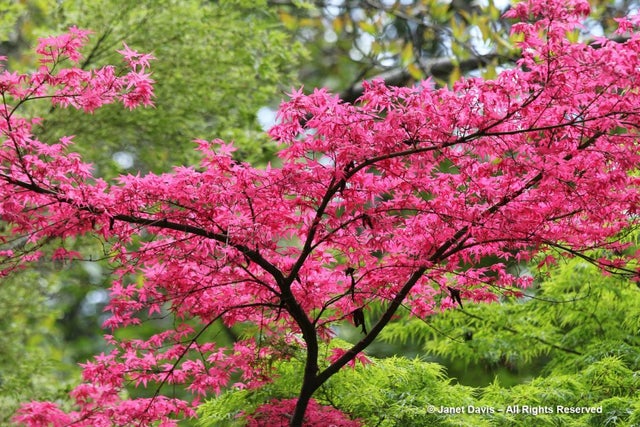
Acer palmatum 'Otome zakura'
CA$0.00
CA$0.00
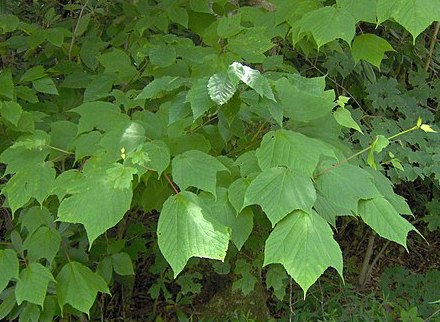
Acer pensylvanicum
CA$0.00
CA$0.00
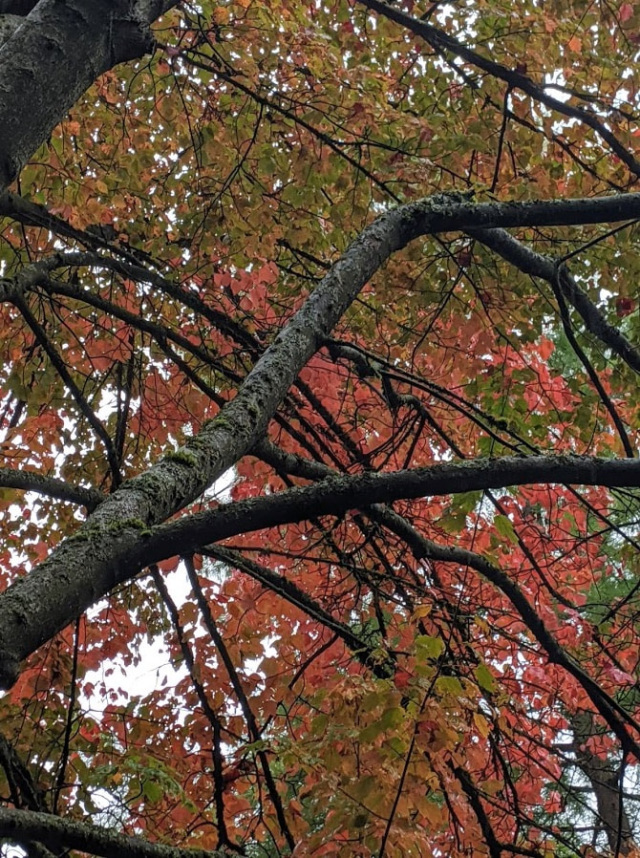
Acer rubrum
CA$0.00
CA$0.00
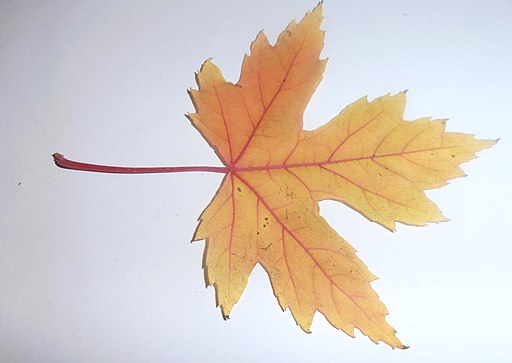
Acer saccharinum
CA$0.00
CA$0.00

Acer saccharum
CA$0.00
CA$0.00

Acer tegmentosum
CA$0.00
CA$0.00
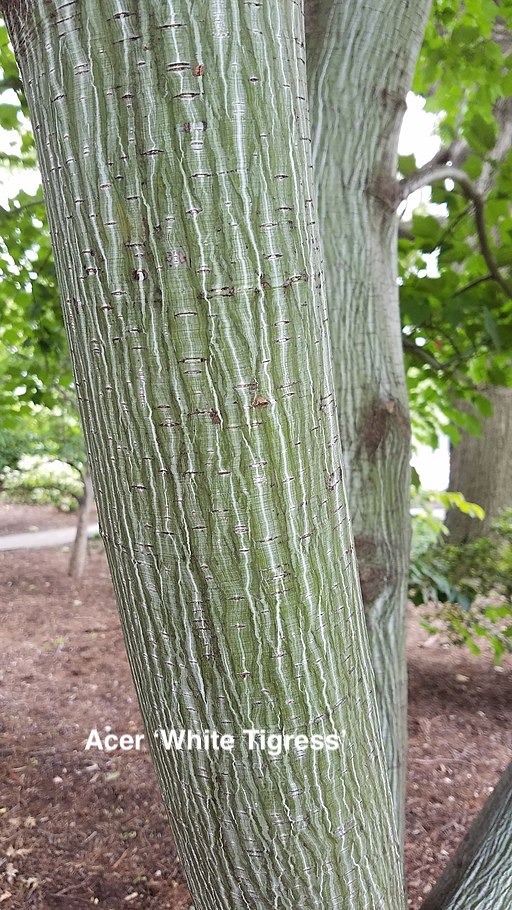
Acer 'White Tigress'
CA$0.00
CA$0.00
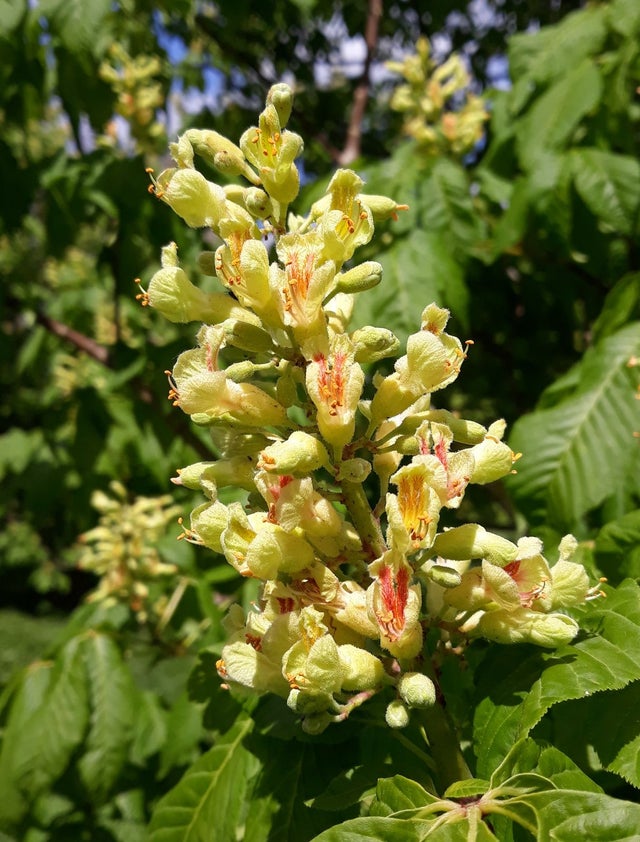
Aesculus x bushii
CA$0.00
CA$0.00
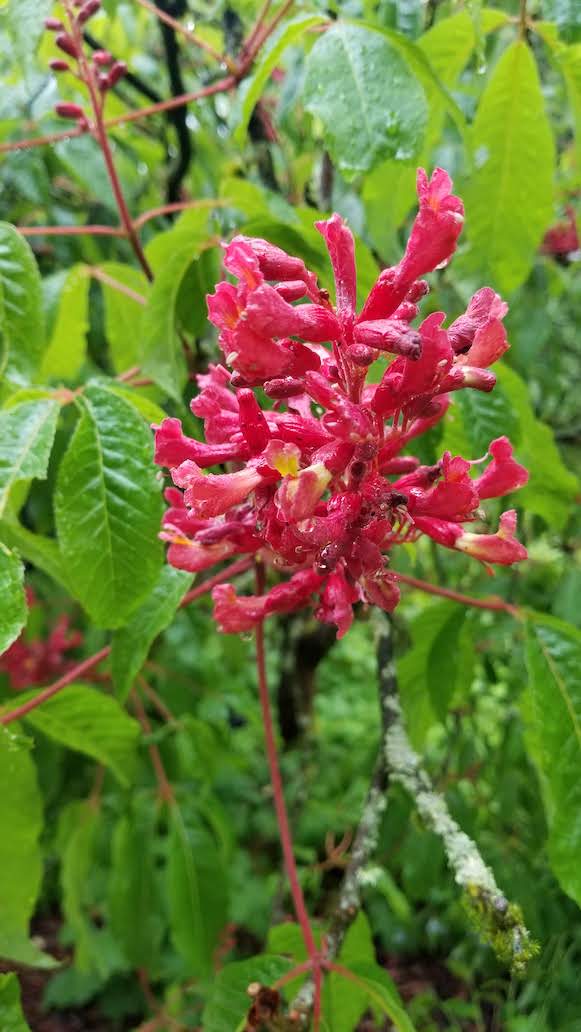
Aesculus pavia
CA$0.00
CA$0.00
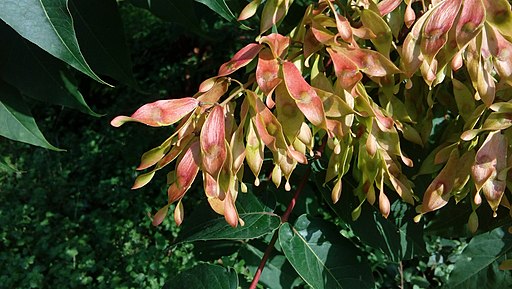
Ailanthus altissima
CA$0.00
CA$0.00
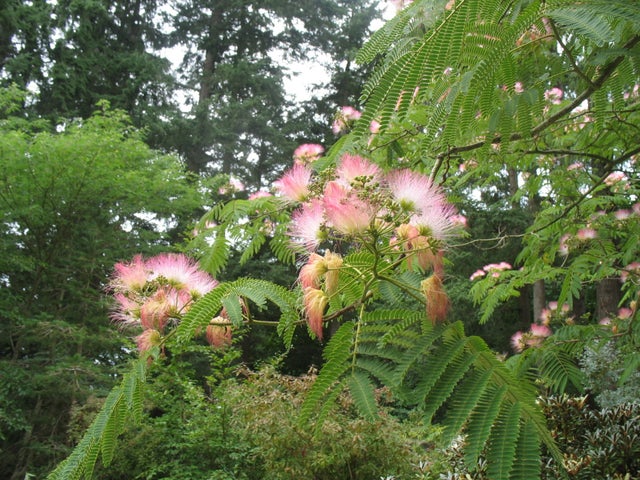
Albizia julibrissin
CA$0.00
CA$0.00
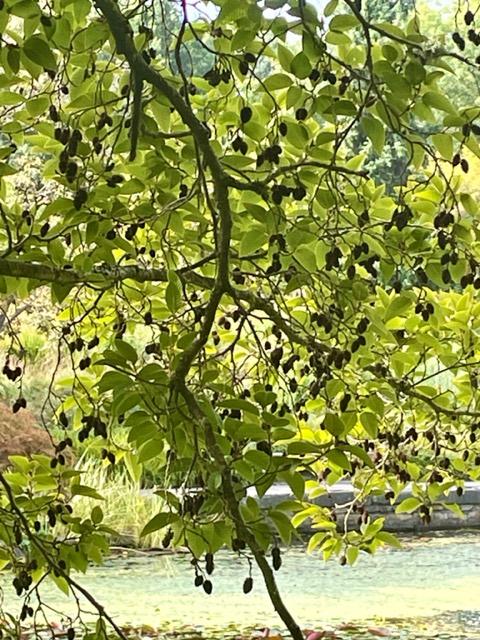
Alnus hirsuta var. siberica
CA$0.00
CA$0.00
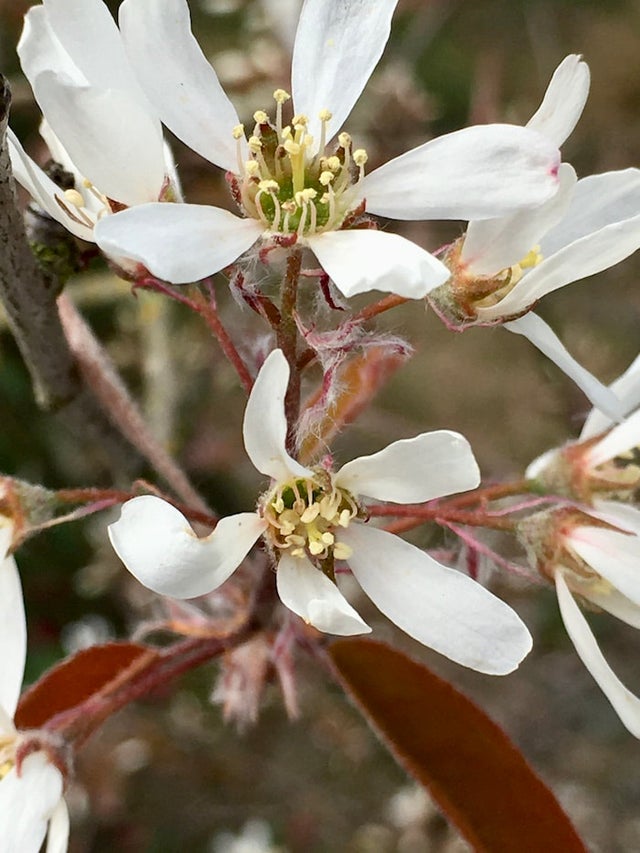
Amelanchier alnifolia
CA$0.00
CA$0.00
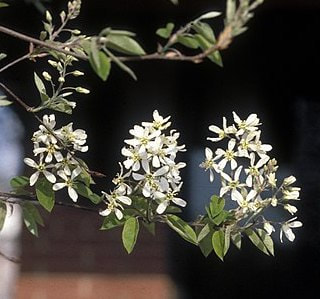
Amelanchier canadensis
CA$0.00
CA$0.00
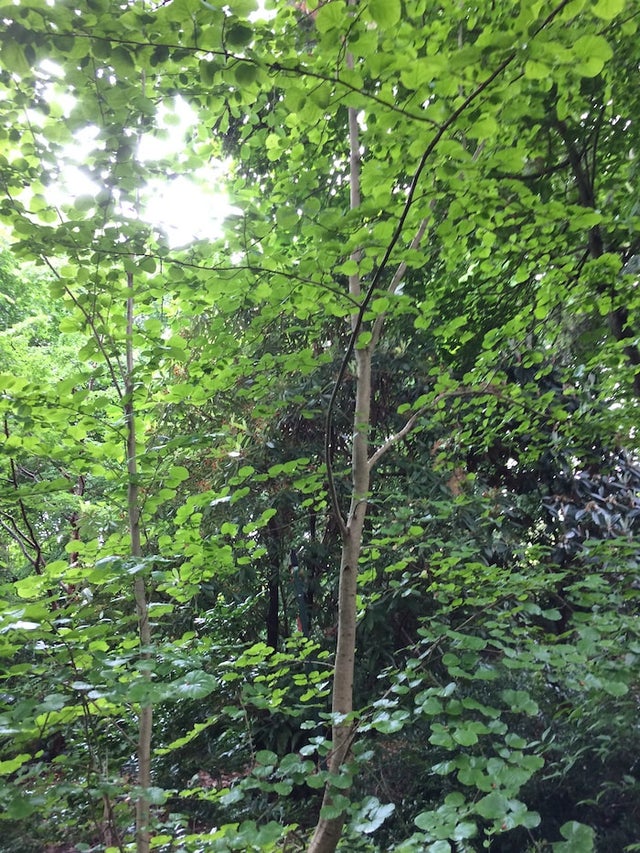
Aphananthe aspera
CA$0.00
CA$0.00
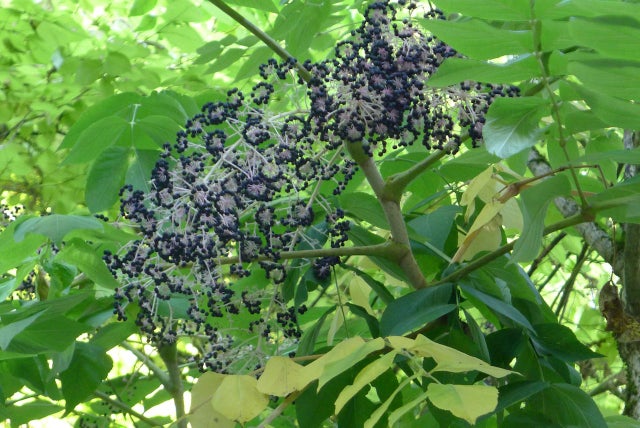
Aralia elata
CA$0.00
CA$0.00
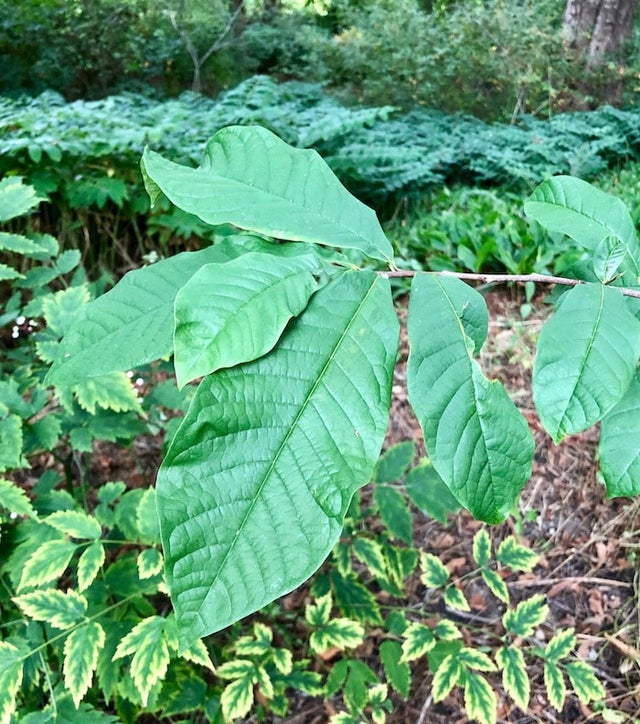
Asimina triloba
CA$0.00
CA$0.00

Betula alleghaniensis
CA$0.00
CA$0.00
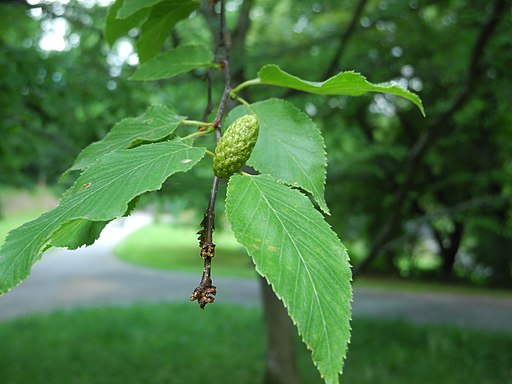
Betula lenta
CA$0.00
CA$0.00

Betula maximowicziana
CA$0.00
CA$0.00
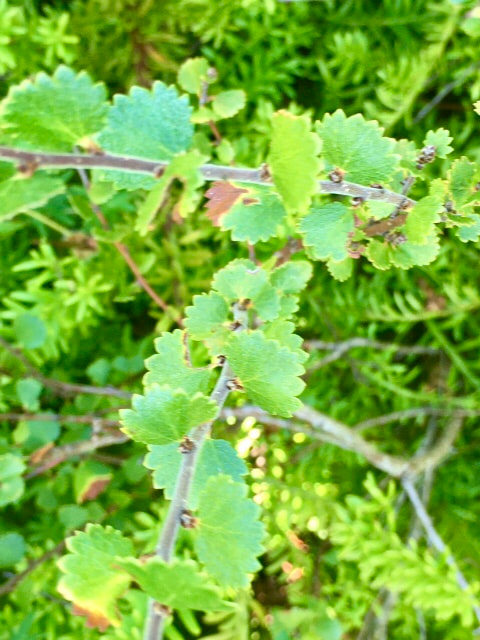
Betula nana
CA$0.00
CA$0.00
Proudly powered by Weebly
